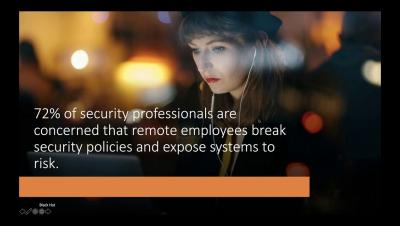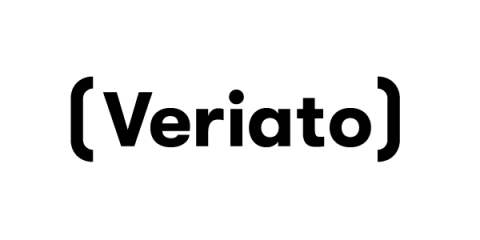Security | Threat Detection | Cyberattacks | DevSecOps | Compliance
Veriato
Employee Productivity Solution For Remote Workers
Remote work gives employees the opportunity to avoid lengthy commutes and work more flexible schedules. It also allows employers to reduce overhead costs and hire from a larger pool of applicants since employees no longer need to live locally to qualify. But of course, there are some downsides to remote work as well. There are far more distractions at home, so many remote workers find it difficult to stay focused during work hours.
How to Use Workplace Investigation Software
Human Resources departments are typically tasked with conducting workplace investigations into allegations of misconduct or criminal activity. Every complaint or allegation has the potential to turn into a lawsuit or criminal case, which is why it’s so important to conduct thorough investigations to find out exactly what happened. Having the right tools can make it far easier for Human Resources departments to uncover the truth.
Do's and Don'ts of Using Software For Monitoring Computers
According to the American Management Association, nearly half of employers monitor their employees’ digital activity on company-owned devices to some degree. Some of these employers manually read employees’ emails and track their activity. But the vast majority use software for monitoring computers, which is far more efficient. The right software can help you keep track of what your employees are doing during work hours, regardless of whether they are in the office or working remotely.
Five Cybersecurity Priorities to focus on in 2021
2020 will go down in history as a year of surprises. The Covid-19 pandemic resulted in challenges to health, wealth, business, and cybersecurity. The early part of the year saw a rapid movement out of the office, introducing a sudden need to support home working. According to Gartner, 88% of companies sent their workforce home to work during the peak of the pandemic. This remote work environment is continuing for many organizations in 2021. In 2020, businesses were forced to adapt fast.
How to Monitor User Activity
Every company monitors their employees to some extent. In the past, companies may have relied solely on time sheets and surveillance footage to keep an eye on their employees. But these tools cannot be used to track what employees are doing on their company-owned computers, smartphones, and tablets. To monitor these devices, managers must turn to more sophisticated tools such as monitoring software.
How Are Managers Remote Monitoring Computers for Remote Workers?
An unprecedented number of employees in the United States are currently working remotely for at least part of their workweek. This is partially due to the global pandemic, but the truth is that many employees were shifting to remote work even before the coronavirus crisis. Studies have shown that both employers and employees can benefit from remote work.
Securing your businesses beyond the office perimeter
For most businesses, the corporate boundaries have expanded over time. The traditional office has now morphed into a hub-and-spoke model with an increasing number of employees working remotely. This shift to remote work isn't new. Between 2005 and 2018, there was a 173% rise in the US remote workforce. The trend spiked in 2020 when 88% of organizations worldwide encouraged remote work to flatten the pandemic's spread.
How Software Can Help With A Digital Workforce Transformation
A growing number of businesses are allowing their employees to work remotely for at least part of their work week. Right now, it’s estimated that 42% of workers in the U.S. are working from home. Even though working from home is becoming more common, many companies have still not taken the necessary steps to complete their digital workforce transformation. The key to successfully shifting to remote work is keeping tabs on your team with the help of employee monitoring software.
Grow your Small Business with Workforce Intelligence
Did you know that collecting data regarding employee behaviors and patterns can help business owners create accurate, efficient business plans? Companies are using workforce intelligence to accurately and objectively build stronger internal organizations using big data. Workforce intelligence uses a combination of artificial intelligence, SaaS tools, analytics, and visual reporting to help employers oversee and manage employees more effectively.



